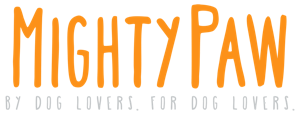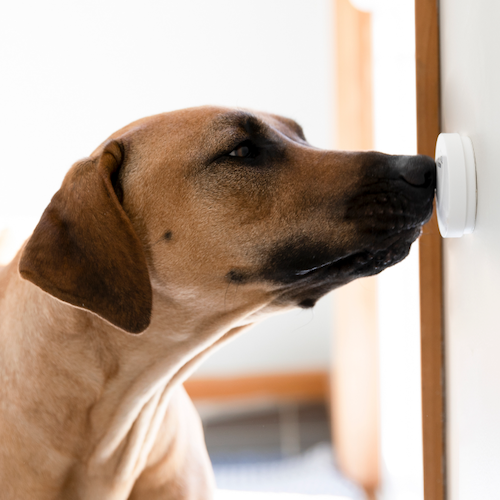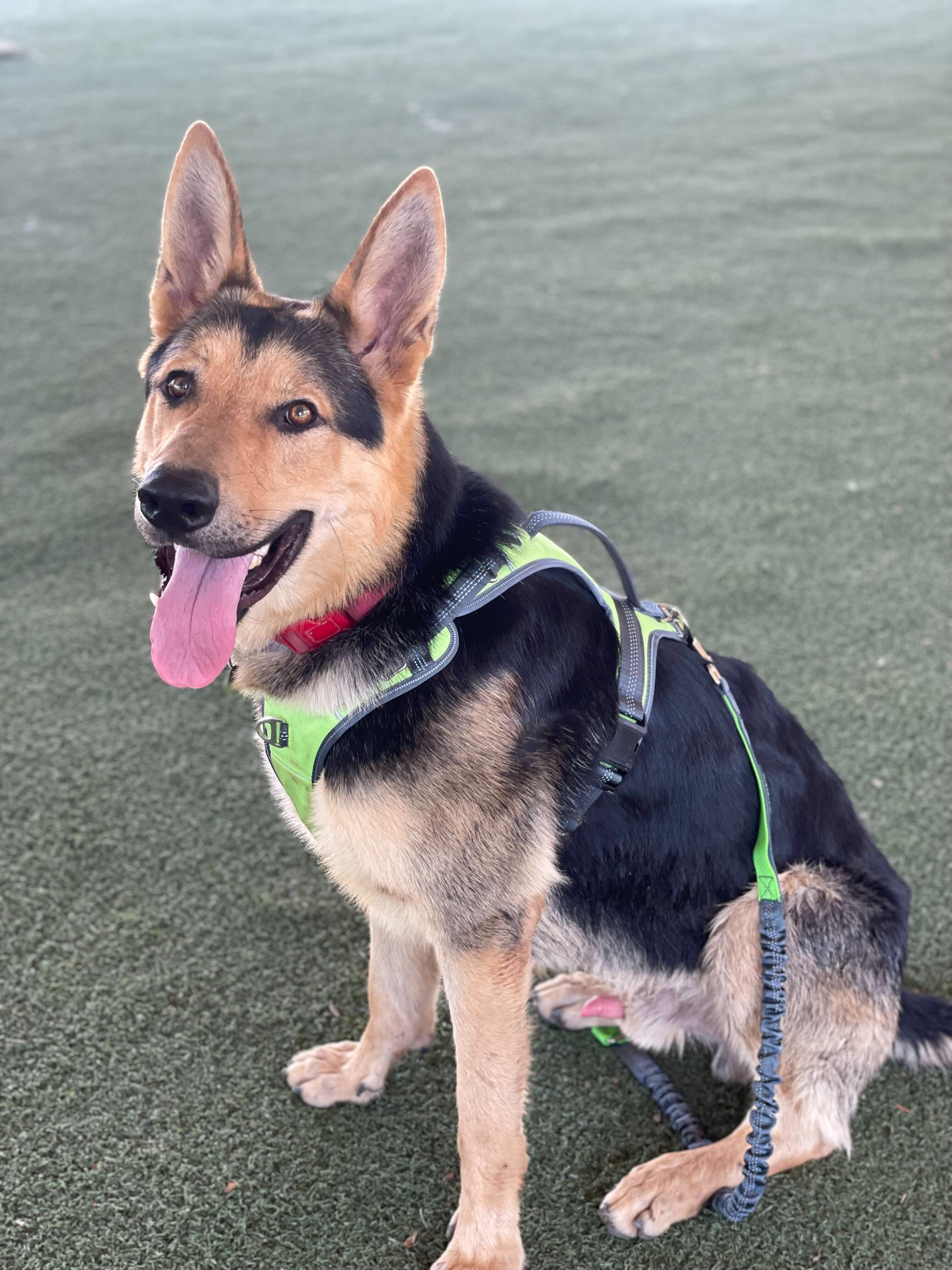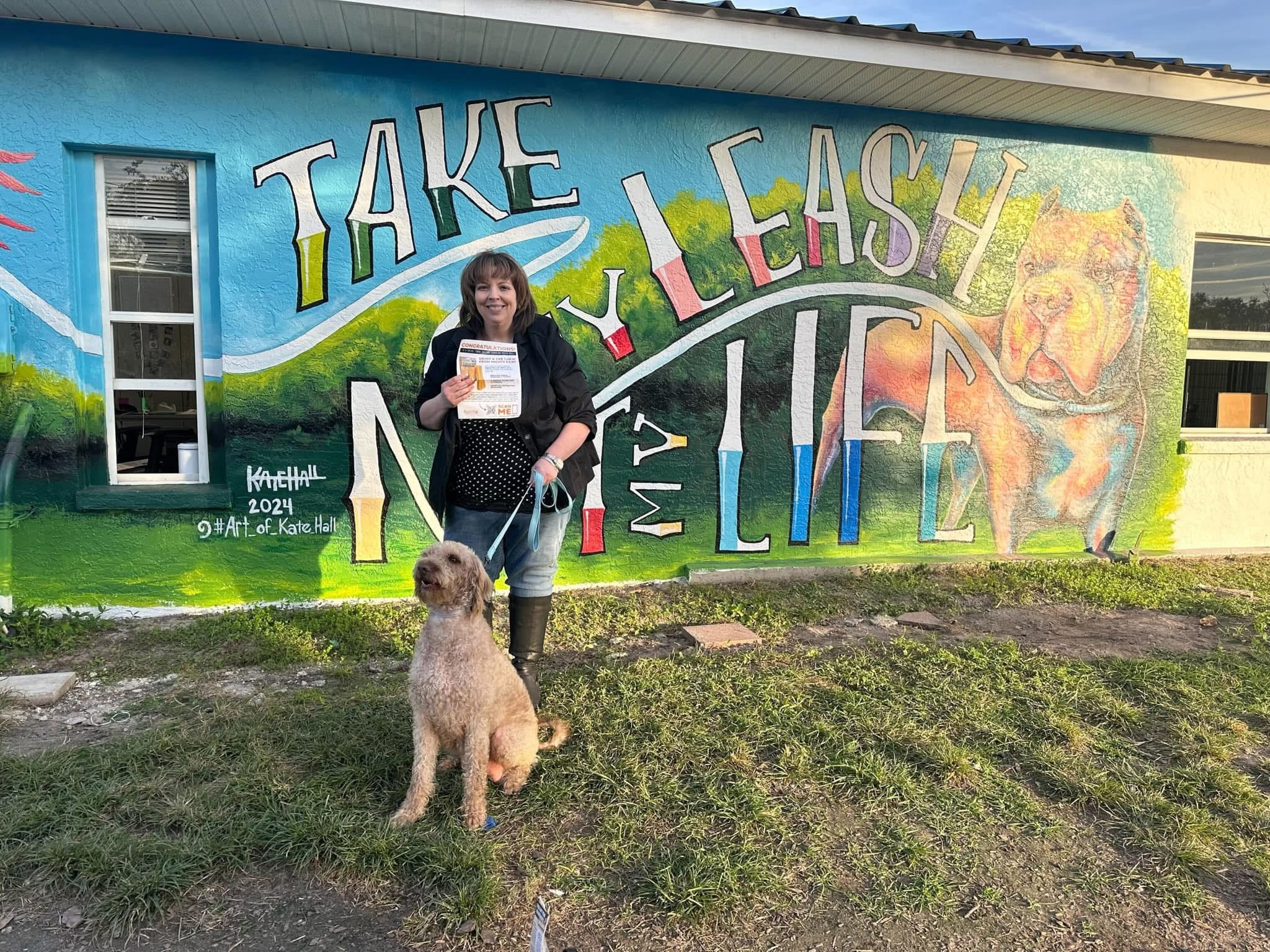Every dog parent imagines their pup as a well-behaved, go-anywhere best bud. If that's not exactly your reality, don't worry!
You're not alone if you're wondering: Is it ever too late to start training a dog?
Whether you’ve just adopted an older dog or have been putting off dog training sessions with your longtime sidekick, it’s natural to question whether age is a barrier to training success.
The answer is simple. It's never too late to train your dog. From puppies to senior pups, every dog can learn new behaviors and skills with the right approach.
A healthy mix of positive reinforcement, patience, and consistency can help dogs of all ages thrive. Let's jump into some of the whys, hows, and pro tips from successful professional dog trainers to get you started!
If you do happen to have a young dog...
Training your dog early in life does offer some advantages -- particularly when it comes to socialization and getting comfortable early with other dogs, people, and various situations. Puppies go through a developmental stage, typically between 3 and 14 weeks of age. Most dogs are especially receptive to learning and forming positive associations with their environment then.
By introducing dog training and socialization during this stage, you can set the foundation for good behavior, confidence, and trust. Positive, early exposure to different sounds, people, and settings can help keep fear or anxiety from developing as an adult dog.
Missing this window doesn’t mean you’ve missed the chance to help your dog learn successfully!
Training an older dog simply requires a tailored approach and possibly a bit more time.
How easy is it to teach an old dog new tricks?
An adult dog can be more calm than a hyper-energetic puppy, and if you and your dog already have an established bond of trust and communication you have a head start on training.
There are a couple challenges that can be part of training depending on your individual dog:
- Established habits: Adult dogs may have years of ingrained behaviors, such as jumping on guests, pulling on the leash, or other bad habits.
- Previous experiences: Dogs who have a history before their life with you may come with negative experiences or lack of good human connection, making trust-building a crucial first step.
It's always important to approach any training with patience and understanding, especially with any potential challenges in mind. Remember, these behaviors weren't learned overnight, and unwanted behavior won’t disappear overnight either. But with time and positive rewards, adult dogs can happily learn to adapt and thrive in their new routines!
The power of positive reinforcement
No matter your dog’s age, positive reinforcement has been shown to be the most effective training method for true, long-lasting learning. You're rewarding desired behaviors with treats, praise, or play, creating a strong association between action and reward. Your dog learns to expect good things to happen with with behaviors you want to see.
Dogs do what works for them. Before long, the positively rewarded behaviors become your dog's natural actions.
Here's how to reinforce your pup positively:
- Treat rewards
Use small-bite (or soft, easy-to-break-up), high-value treats to reward good behavior, whether that's sitting on cue or walking calmly on a leash. Whatever behavior you're trying to reinforce, treat your dog immediately after the behavior. (Dogs associate the reward with whatever they did the nanosecond before receiving it.)
For most dogs, treat rewards are the pinnacle of motivation. Adding enthusiastic praise and affection is the ultimate combo to make correct behavior second nature.
- Praise and affection
Many dogs are highly motivated by verbal praise and/or physical affection. Combine these with a cheerful, upbeat tone and phrases that work for your dog like "yes!" or "good job!" to reinforce your pup's efforts.
- Marking good behavior
Use a clicker or a consistent word like "Yes!" to signal when your dog does something right. This helps your pup identify exactly which behavior earned the reward.
Consistency is key with positive reinforcement. Always reward the behaviors you want to encourage and ignore or redirect unwanted actions to avoid confusion. (Never reprimand or punish unwanted behaviors. Ignore or redirect and keep it positive!)
Patience and consistency at any age
Training dogs— young or old—requires two vital traits: patience and consistency. Dogs thrive on routine, so ensuring your training methods and schedule remain consistent will help your dog learn faster.
When frustrations mount, remind yourself:
- Dogs learn at their own pace.
Some dogs pick up cues quickly, while others may need weeks or months of reinforcement. Listen to your individual dog and enjoy the journey together.
- Small wins count.
Celebrating your dog's minor improvements, like sitting calmly for a few seconds, can keep both of you motivated.
- Make training a daily habit, even if it’s just 10–15 minutes.
Regular practice reinforces behaviors and strengthens your bond with your dog. It's much more effective in every way to keep your practice sessions short and frequent. Stay within the window of everyone's positive attention and break to do it again whenever you're both fresh.
Pro tips: 3 dog trainers' secrets to success
Professional dog trainers agree—age should never deter you from training your dog. Here are 3 pro tips on how to approach training to set both you and your dog up for success:
1) Training is a lifelong process (with ongoing positive reinforcement).
Dogs (not unlike people) are always learning and building on their learning if they're motivated. A lot of that motivation comes with a positive give-and-take relationship with you. An adult or senior dog can definitely learn new skills with the right motivation and guidance.
2) Start with simple cues for wins early and often.
Getting initial, easy wins with basics helps build a foundation of trust and feeling successful, making it easier to introduce more complex behaviors. Celebrate all the small wins along the way with plenty of treats and praise!
3) Make training fun for both of you!
Play-based training works wonders for keeping dogs engaged, especially dogs who don't already have an established history with you or with positive training. Some dogs may need to relearn how to trust humans and the process of working with you.
Keep the sessions brief, fun, and positive and you'll make more progress that sticks!
3 tools that make dog training easier and safer
The right tools and equipment can make training easier for both your dog and you. One constant essential in all positive training is having plenty of high-value treats (something your dog LOVES) that are breakable or in small bites so you can deliver them quickly and often during training.
Depending on your specific training goals, there are several tools that can help set you up for success. Here are 3 that professional trainers swear by to help you get started:
1) A durable, comfortable, well-fitted harness with dual leash clips (front or top/back.
Trainers recommend a harness for all walks and leash training to distribute the weight of any pulling evenly, making it easier for you and your dog to be in sync and safe on leash. Our Sport Harness 2.0 has dual leash clips to give you the option of choosing the front/chest clip (often recommended for leash-pulling dogs) or the top/back clip, depending on what's right for your dog. Harnesses protect your dog's neck from pressure as well as help prevent the accidental slipping out that can happen with a collar.
2) A smart bell or tinkle bells for potty training.
If you're potty training your dog at any age or just raising your dog's game in communicating with you, you'll be happily surprised at how much your pup loves and embraces ringing a bell to go out. You can choose either the higher tech route with our Mighty Paw Smart Bell or our Tinkle Bells your dog paws or noses on the door. Simple, step-by-step instructions that make it easy and fun to teach your dog are included with each option.
3) Lick pads and lick bowls for enrichment and calm
Dog trainers always recommend working with dogs when they've released any excess or nervous energy and are calmly ready to focus. Dogs are hardwired to be both mentally stimulated and calmed by the act of licking. That's why it's a good idea to incorporate our lick pad or lick bowl into your pup's regular routine. They're also a great way to reward your dog after a training session with some dog-healthy peanut butter or favorite food slathered on them!
Best bonus: building your bond while you're training
Whether you’ve just welcomed an older rescue dog into your home or decided it’s time to train your longtime companion, dog training is as much about building a bond as it is about teaching cues and behaviors. With consistency, patience, and the right techniques, your dog can learn at any age and have fun with you while you're at it.
If you’ve been putting it off, now is a good time to start training! You'll both be happy you did!
Happy training!
We believe in helping dogs live their healthiest, happiest, and fullest lives with you. We're dedicated to supporting you in bringing more joy to your pup in all your adventures together. Training to help your dog feel confident and comfortable everywhere by your side is an important part of your best lives together.
That's why we're committed to bringing you high-quality products that are safe, healthful, and practical for everything you need to keep your dog happily learning and enjoying life with you.







